Webex vs. Zoom: The Ultimate Guide to Choosing the Right Platform
Choosing the best video conferencing tool can be challenging. Both Webex and Zoom offer powerful features, and teams, businesses, and educators rely on them daily. Each platform has its own strengths and weaknesses. Webex delivers secure, enterprise-ready solutions, while Zoom is known for its clean, simple design. Understanding your priorities helps guide you toward the right choice. Your choice counts, whether for meetings, webinars, or teamwork.
The main roles are reliability, integration, and simplicity of usage. Your decision also reflects budget and scalability. By comparing Webex with Zoom, one can prevent upcoming problems. Knowledge of their distinctions saves money and time. Choosing the right platform increases involvement and output. Let's investigate the features that define every platform. Discover the finest video conference tool for your requirements.
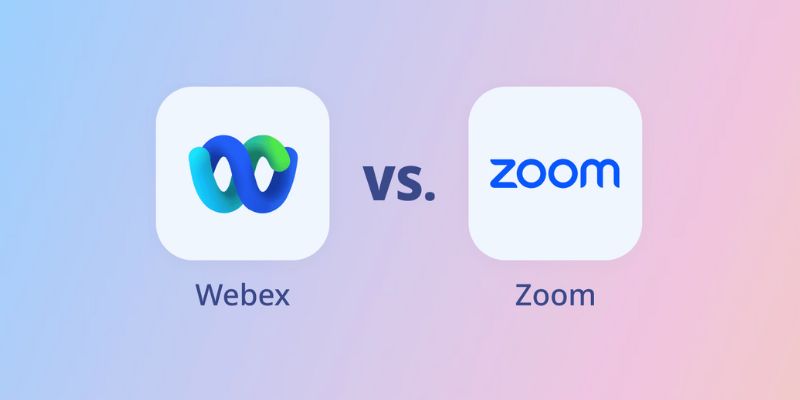
Webex Overview: Enterprise-Grade Reliability and Features:
Targeting government agencies and big businesses, Webex by Cisco provides high compliance and security mechanisms. Companies handling private information rely on Webex's infrastructure. The site has tools for teamwork, including whiteboarding, breakout rooms, and in-app texting. The quality of the videos and audio is consistently excellent. Integration with Google Workspace and Microsoft 365 is working well. Webex likewise allows device compatibility. It implies more seamless transitions between desktop, conference, and mobile systems. Webinars and big events go perfectly with Webex Events.
Transcription technologies and artificial intelligence noise cancellation from Cisco improve communication. Analytics and admin controls provide insightful meetings. IT staff values detailed monitoring and troubleshooting tools. Resources on user training and assistance abound. Webex fits companies wanting advanced tools, control, and compliance. It prioritizes security and business stability. For organized companies, long-term is still the preferred choice. Webex is often the preferred choice for organizations prioritizing reliability and long-term stability.
Zoom Overview: Intuitive Interface and Broad Appeal
In recent years, Zoom has become somewhat well-known. Its simplicity and speed helped it to become rather popular. Users can join Zoom meetings without needing to register for an account. The user interface seems clear and logical. Usually, first-time users seldom require instruction to get started. Zoom provides very good audio and visual quality. Meetings come fast and hardly stop. Among these features are virtual backdrops, whiteboarding, and screen sharing. Polls and breakout rooms support webinars and classroom environments. The marketplace of Zoom consists of hundreds of helpful outside apps.
These cover production extensions and project tools. Zoom connects readily with main systems, including Trello and Slack. Included are transcribing, cloud recordings, and meeting reports. For varying team sizes, Zoom price stays variable. Regular updates with user requests for enhancements abound. Teachers, startups, and freelancers believe in Zoom's rapid deployment. Its simplicity is still its strongest suit. Zoom appeals to many people for flexible, lightweight video conferences.
Security and Privacy: Protecting Your Communication:
In the security area, Webex is rather strong. It advocates zero-trust rules and employs end-to-end encryption. Every layer incorporates built-in data security precautions. Webex follows HIPAA, GDPR, and FedRAMP guidelines. That makes it especially perfect for the government, education, and healthcare industries. Admins can create thorough user regulations and conference agendas. Particularly watched attentively are login access, participant control, and data consumption. Once attacked for "Zoom-bombing," Zoom has made significant changes. Every meeting can now use end-to-end encryption.
User security and waiting areas guard entry. Zoom also follows worldwide data privacy rules. Both systems let one change the security settings. Webex still leads when it comes to securing large-scale environments. Zoom is more concerned with giving small teams fewer clicks of command. If your first concern is privacy, Webex provides more advanced control. When speed counts against balanced security, Zoom might be sufficient. Think about compliance requirements before choosing the platform.
Features and Integrations: Tools That Work Where You Work
Webex compiles corporate-level capabilities into its designs. It covers team messaging, whiteboarding, and smart conference summaries. For a flawless experience, Cisco devices integrate closely. Value comes from things like People Insights and real-time transcribing. Zoom also has feature-rich plans. Many users rely on its virtual backgrounds and breakout rooms for engagement. Zoom Apps bring meeting tools, including Miro, Slack, and Asana. Users can launch polls, make notes, or access documents.
Webex works nicely with Oracle and Salesforce, among other enterprise systems. Zoom's strength comes from tools for startups and small businesses. Both systems permit custom integrations using APIs. Webex is a whole collaborative tool. For flexible video conferences, Zoom shines. For hardware support and broad teaming, choose Webex. For quick, easily navigable teamwork, go with Zoom. Your team size and procedures will determine the feature needs. For the best experience, match tools with your daily program.
Pricing and Plans: Choosing Value for Your Budget:
Zoom provides a generous free tier, including 40-minute group sessions. It supports one hundred members, and it is on the free plan as well. Paid plans open reporting tools, cloud storage, and additional hours. Small teams can start at a low cost with Zoom. Webex also offers a free plan with only limited capabilities. Paid Webex tiers are set for companies who value dependability. Plans from Cisco include increased analytics and assistance. Schools and businesses can get bulk licenses. The pricing policies of Zoom fit small businesses and single users.
Webex pricing is better suited for mid-sized and larger organizations. Both systems allow discounts for non-profits and educational institutions. New features in basic designs are sometimes included in Zoom. Webex could charge more for some sophisticated features. Think about total expenses over time, including hardware and support. Before subscription, closely review the feature-to-price ratio. Those on a tight budget tend toward Zoom. Teams who are seeking stability could like Webex investments.

Conclusion:
Strong virtual meeting tools are Webex and Zoom. The requirements of your team will determine your last decision. For daily meetings, Zoom presents simplicity and quickness. Webex offers the security and capabilities of an enterprise. Your choice affects the level of support, integration options, and overall pricing. Select Zoom for quick, simple teamwork. When long-term scalability counts, choose Webex. Review areas, including compliance, device use, and assistance. The greatest video conference system improves communication and output. Comparatively, Webex and Zoom have important advantages. Choose the platform that fits your company's everyday activities and future objectives.
Related Articles
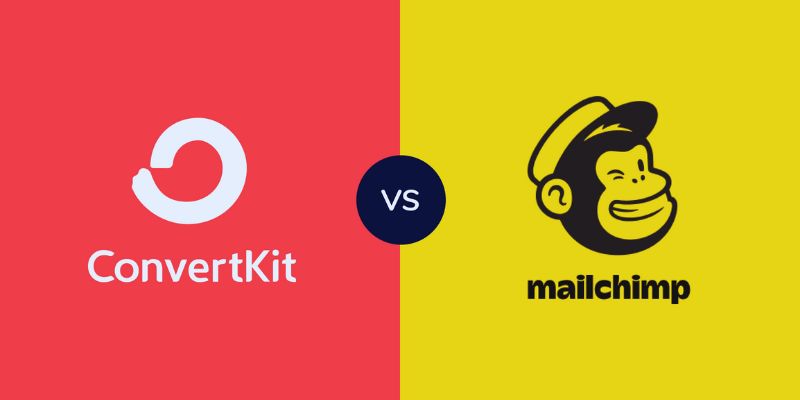
Choosing Between ConvertKit and Mailchimp: Which One is Right for You

Pipedrive vs. Salesmate: A Detailed Comparison to Find the Best CRM
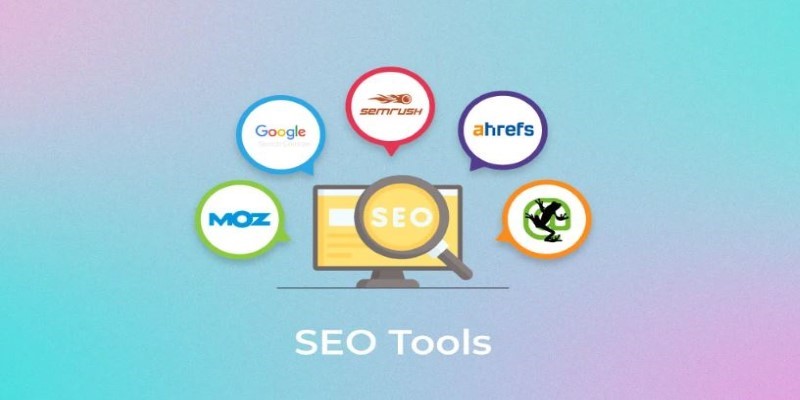
Ahrefs, SEMrush, and More: Essential SEO Tools for Success
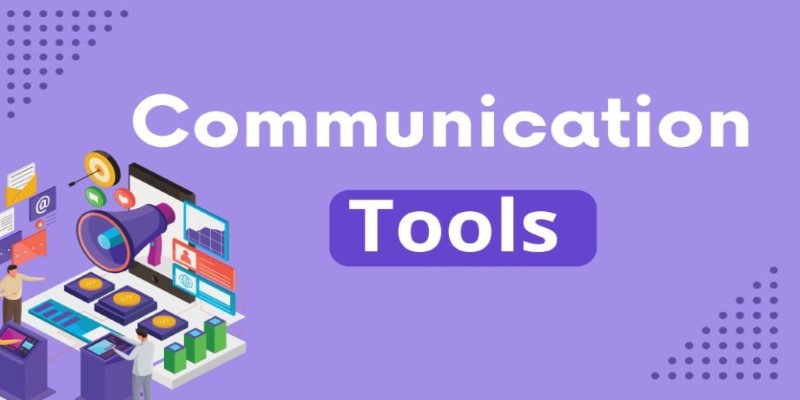
Mastering the Modern Workspace with Communication Tools

How to Automatically Respond to Google Business Profile Reviews: A Guide

Jasper vs. Copy.ai: A Side-by-Side Comparison to Help You Choose

Jira vs. ServiceNow: A Comprehensive Comparison to Help You Decide
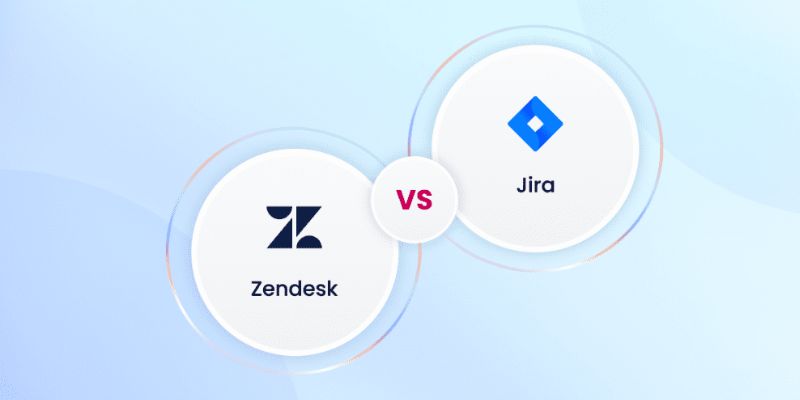
Zendesk vs. Jira Service Management: Which is Best for Your Business
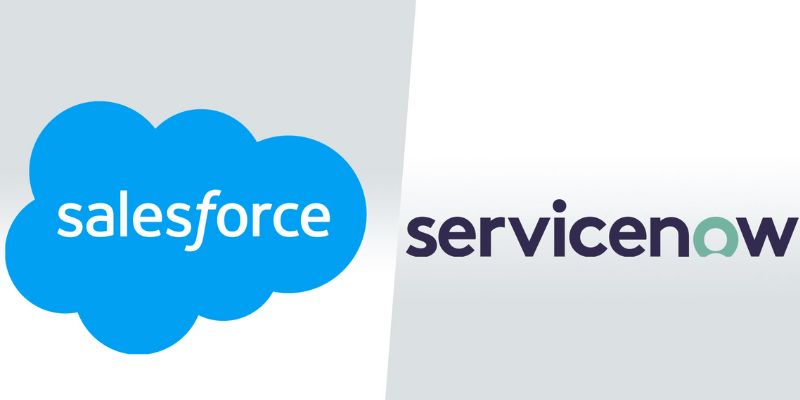
Salesforce vs. ServiceNow: A Comprehensive Guide to Choosing the Best

Wix vs. Weebly: A Detailed Comparison to Find the Best Website Builder

The 5 Best Habit Tracker Apps to Transform Your Life: A Guide

 knacksnews
knacksnews